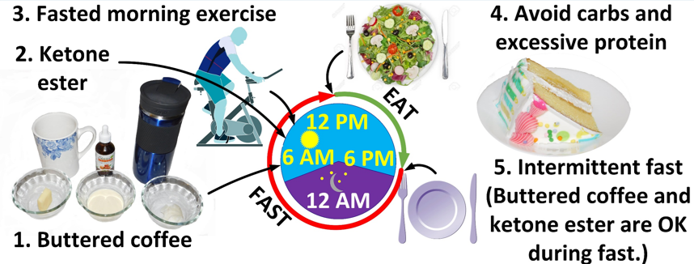It is now well known that there are a multitude of factors that contribute to the symptoms of Parkinson’s disease. The important questions turns on what is the origin of Parkinson’s disease?
You have likely not heard my answer to this question. At the core resides the real issue at play: The natural life cycle that sustains life is inactive. Instead of flopping back and forth from being expansive and contractive, the state of expansion is s a permanent setting in our energetic “thermostat.” We are on the go constantly without stopping to smell the flowers or enjoy the sweat morsels of the natural world.
We do not function like the ocean waves and tides which shift in and out continuously. The waves flow in and out continuously. Tides gradually shift the waters closer to shore, then more distant from shores.
waves flow in and out continuously. Tides gradually shift the waters closer to shore, then more distant from shores.
The root cause of symptoms rarely originates where logic would dictate. Do tremors and other Parkinson’s symptoms originate in the brain? Certainly most people and medical professionals hold this belief. That is why doctors prescribe medications that infuse the body with l-dopa. It is assumed cells in the mid brain are not producing enough dopamine.
Recent research demonstrates that tremors and other neurological challenges do not necessarily reside in the brain itself. Their origin is the digestive system.
Although this research is relatively recent, a causal inspection of meridians that are the pathways of energy keeping us alive clearly show many connections between the stomach, small intestine and gall bladder to the brain. Problems with the digestive system will clearly have a direct impact on brain function.
Step back and consider the life cycle of the digestive system. It expands when we eat. It contracts after food has been digested. Our digestive system does not function continuously.
Our personal life style needs to be in sync the natural course of expanding and contracting.
The root cause of Parkinson’s symptoms is that the life cycle needed to sustain health has been truncated. The expansion phase is permanently set with little flexibility. The need is to assert control over everything and everybody without allowing the ebb and flow of life to exist. When we cannot chill out and relax, the primary functions of the body wear out just as gears in a motor eventually grind down.
What is the bottom line? First, get serious about healing your digestive system. Second, get into the flow of life. Enjoy expansions. Welcome contractions.
Robert Rodgers PhD
Founder 2004
Parkinsons Recovery
https://www.parkinsonsrecovery.com






























